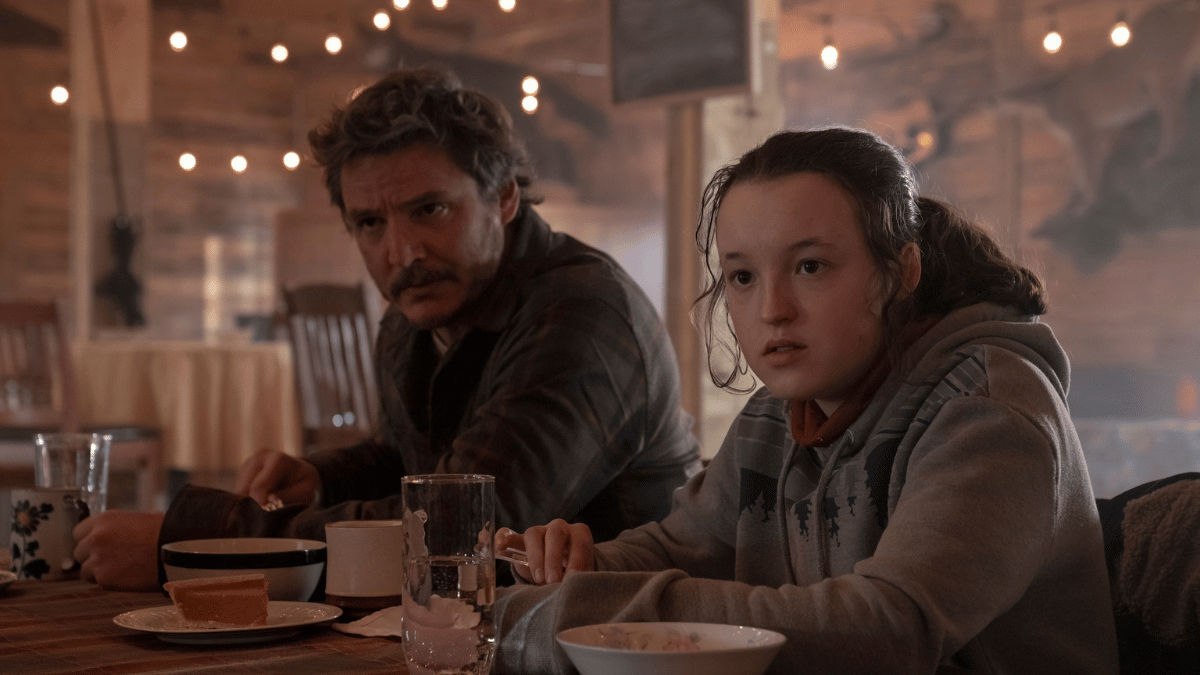Warning: Spoilers for The Last of Us to follow.
We’re officially three Sundays away from the conclusion of The Last of Us with the release of the sixth episode, “Kin,” which we think will quickly become recognized as one of Pedro Pascal’s greatest-ever performances, offering up a side of Joel that we haven’t quite gotten to see up to now; tears, trauma, and all.
All the deserving hats off to Troy Baker, but you can’t deliver a scene like Pascal did through the use of motion capture. Indeed, we are once again wondering why The Last of Us was ever a game to begin with, given that HBO has proven just what the property is capable of when presented to us on a medium that was actually designed for storytelling.
Game or no game, one advantage of any adaptation is the opportunity to improve upon the material, and the creative team behind The Last of Us did so in a big way this time around. In an interview with Variety, “Kin” director Jasmila Žbanić explained the reasoning for changing the nuances surrounding Joel’s dangerous wound near the end of the episode.
“I got it in the script, and I really liked it because it was more subtle. Ellie thinks they made it, and then it’s a shock. Otherwise it would be immediately over. I really liked how Craig wrote it. They travel, she’s hopeful, they go on together — and then it’s a shock.”
In the game, Joel receives his injuries by falling off a balcony and getting impaled on a piece of metal, but the show sees him get stabbed by one of the raiders as he and Ellie attempt their escape from the abandoned Firefly base; a realization they don’t come to until after Joel successfully kills the attacker. Like Žbanić alluded to, it was conducive to a much more dramatic ebb and flow than we got in the game, especially given Joel’s character development earlier in the episode.
The Last of Us is available to stream on HBO Max, with new episodes releasing every Sunday until the season’s conclusion on March 12. A second season has been announced.

